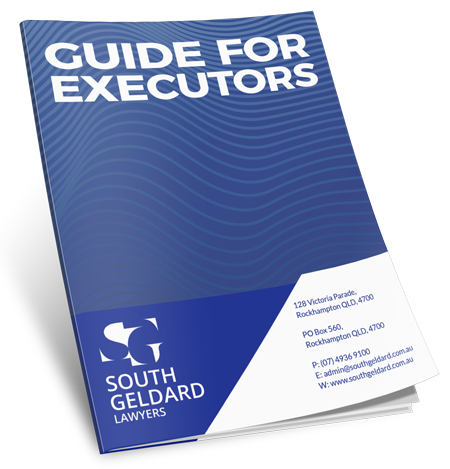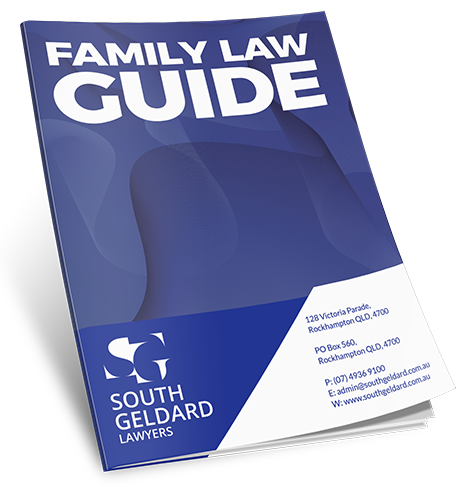Many landowners are faced with the question about whether allowing a wind farm to operate on their land is a wise course of action to earn additional revenue and fully utilise the property.
Establishment of a wind farm can involve complex legal relationships associated with long-term leases. For this reason, a landowner should seek legal advice before considering any proposal from a developer of the renewable energy facility.
There are a number of stages preceding the operation of a wind farm on a landholder’s property, from feasibility studies to site selection, environmental approvals and option periods, through to construction, operation and eventual commissioning.
This post focuses on what a landholder should expect in moving from the option phase to the construction phase of a wind farm.
What is involved in the Option phase?
Establishing a new wind farm will usually begin with a licence agreement between a landholder and a wind farm operator/developer.
This agreement will, generally speaking, cover an access licence for the operator to go onto the land to conduct due diligence work – investigating the site and assessing its suitability for the planned facility. Usually the wind farm operator/developer will also ask the landholder to agree to “exclusivity provisions”. These provisions require the landholder to only deal with the wind farm operator/developer with respect to renewable energy projects on the land.
Another agreement will grant the operator an Option to lease the land from the landholder, and/or create easements over the whole or any part of the land.
A final agreement will set out the terms of an exclusive lease allowing the wind farm operator to install and operate turbines and other equipment on the land for a fixed period of time. This agreement may also include easements over the land providing access for a road or necessary cables and other infrastructure.
Landowners need to be cautious about the terms of the Option Agreement entered into. Some Options Agreements may provide what appears a generous one-off fee to the landholder but restrict the owner’s access to the land being considered for the wind farm for multiple years. An operator may hold the option without ever moving to the lease or construction phase, preventing the landholder from realising the renewable energy benefit from the land.
The landowner needs to be aware of how their access to the site is restricted and ensure it does not impact other uses of their land, for livestock or for cropping, for example.
Equally, the landholder can impose restrictions on the wind farm operator via the agreement/s including for example what type of activities can be conducted on the land.
There are other very important aspects which should be included in an Option Agreement. For example, there should be clauses dealing with rights and responsibilities of each party where the wind farm operator/developer would like to submit applications for the project. Certain applications can have significant, ongoing impacts on property. These impacts and risks can be managed by appropriate drafting of clauses in the Option Agreement.
Moving to the construction phase
Before construction and operation of the wind farm can commence, a document, usually a commercial lease – should be negotiated (see above). The lease is usually a long-term agreement with a term of between 25 years and 70 years. Usually, a wind farm developer seeks to have the terms of the lease negotiated at the same time as the Option Agreement.
This document needs to cover a wide range of detail, which is why expert legal advice should be sought before substantive negotiations occur between a landholder and a wind farm operator/developer. Rights and obligations of both the landowner and the wind farm operator should be set out in the lease, including rent, fee structures, responsibility for rates, land taxes, emergency service and environmental levies, and other similar issues. Easements required for high voltage transmission corridors, powerline routes, substations, construction facilities, meteorological masts, construction and operational access roads should also be detailed in this agreement or in a separate agreement
Turbines can vary in capacity and technology in this area can progress quickly between the time of the initial option and the time of construction. For this reason, the wording in the agreement about the structure of the rent payments is very important.
Termination provisions, dispute resolution procedures and details around the decommissioning of the project’s assets should also be included in the agreement.
Seeking expert legal advice
Suitable legal and financial advice should be sought before embarking on a wind farm arrangement. At South Geldard Lawyers our professionals have the experience and expertise to guide landholders through all stages and agreements with a developer. This post provides a general overview and there are many more aspects to a wind farm project which should be carefully considered. Call our Rockhampton Property lawyers for an initial consultation if you would like to discuss any of the aspects relating a wind farm development.
It is important to seek specific advice From Rockhampton, Brisbane, and Yeppoon lawyers regarding your circumstances as this fact sheet provides general information only and does not constitute legal advice.


